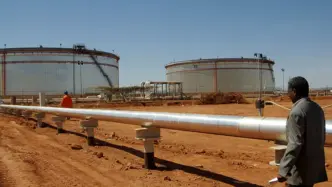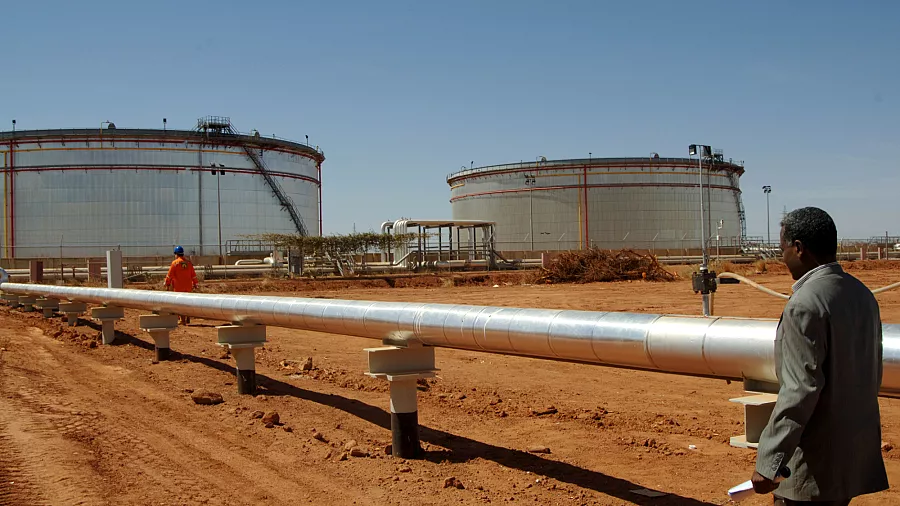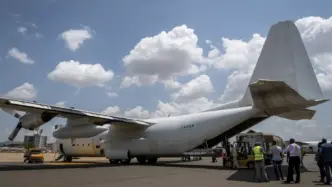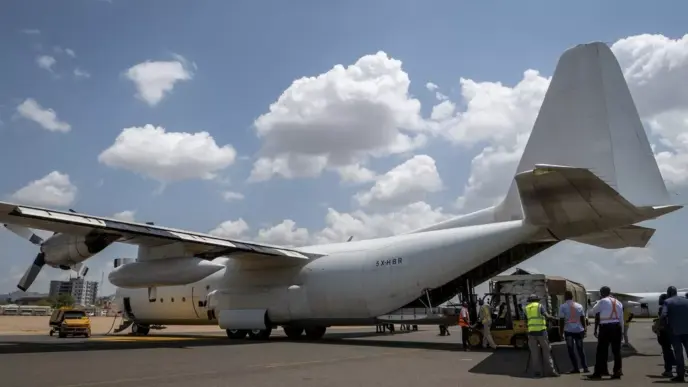Sudan’s finance minister, Gibril Ibrahim, revealed on Wednesday that the country’s oil production plummeted from around 500,000 barrels per day to under 30,000 following South Sudan’s secession in 2011.
Speaking at the Russian Energy Week Forum in Moscow, Ibrahim said the loss of southern oil fields dealt a severe blow to Sudan’s economy, which had been heavily dependent on petroleum exports.
“Before the secession of South Sudan, the total results we had were something like 5 billion barrels, and we are left with only 1.5 [billion],” Ibrahim explained during his address.
He noted that the government is seeking technical partnerships to revive the sector, saying output could rise to as much as 180,000 barrels per day “if we work with partners who have the technology.”

The event, which brought together officials from 84 countries, focused on global energy challenges and strategies for sustainable production.
According to the International Energy Agency, Sudan’s crude exports declined by 84% between 2000 and 2023, largely due to the partition that gave South Sudan control of most of the oil-rich fields.
Despite gaining independence, South Sudan remains reliant on Sudanese infrastructure to transport its oil to global markets through pipelines leading to Port Sudan on the Red Sea.
However, Sudan’s ongoing civil conflict now threatens the stability of this arrangement, endangering South Sudan’s vital oil revenues. In response, the two neighbouring countries signed a new agreement last week to safeguard key oil installations, including cross-border pipelines and pumping stations.
The agreement is seen as an important step to maintain production and prevent further economic damage in both nations.
Ibrahim’s comments come as Sudan seeks foreign investment and technical cooperation to revitalise its depleted oil industry, even as political instability and insecurity continue to deter many potential investors.


 Trending
Trending 











